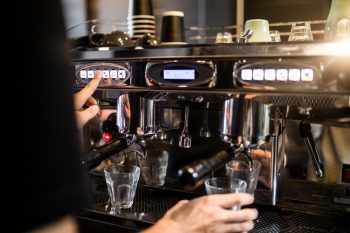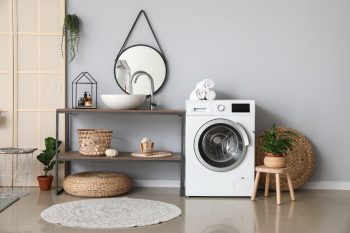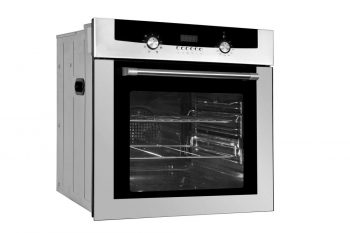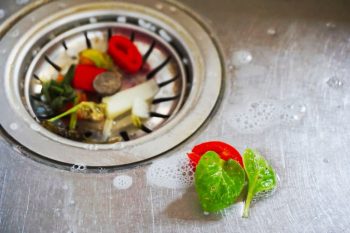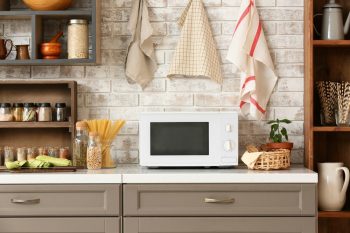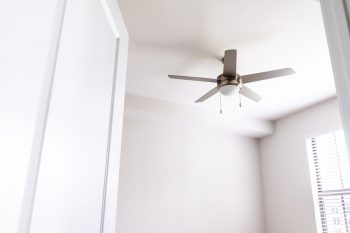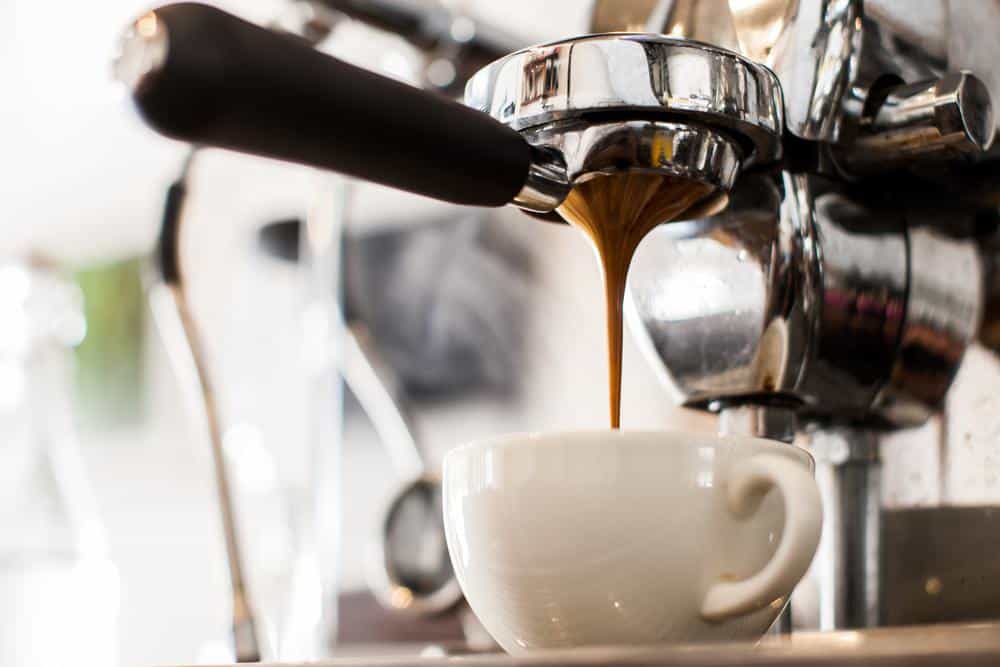
An espresso machine is a specialized coffee brewing appliance that helps coffee enthusiasts and baristas create the perfect cup of espresso. But you might be wondering, what does an espresso machine do, and how does it work? In this comprehensive guide, we will explore the ins and outs of an espresso machine, its key features, how to brew a perfect cup of espresso, and much more.
An espresso machine is a specialized coffee brewing device that produces a concentrated coffee known as espresso. It works by forcing hot pressurized water through finely ground coffee and a filter. The machine operates at high pressure to extract the coffee, resulting in a strong, concentrated shot of coffee.
What is an Espresso Machine?
An espresso machine is a coffee-making device that produces a concentrated, rich, and full-bodied coffee known as espresso. It works by forcing hot pressurized water through a “puck” of finely ground coffee and a filter. Unlike other coffee-making machines, an espresso machine operates at high pressure (usually 9 bars or more) to extract the coffee, resulting in a strong, concentrated shot of coffee.
How Does an Espresso Machine Work?
The basic functioning concept of all espresso machines is to push pressurized hot water through finely ground coffee. There are four distinct stages water goes through before it reaches your cup: Water Source, Pump, Boiler, and Group Head or Steam Wand.
- Water Source: This can be a small reservoir or directly from a plumbed mains connection.
- Pump: It creates the necessary pressure to force water through the coffee grounds.
- Boiler: It heats the water to the required temperature.
- Group Head or Steam Wand: This is where the hot water is forced through the coffee grounds to produce the espresso.
Key Features to Look for in an Espresso Machine
When looking for an espresso machine, consider the following key features:
- Pressurization method
- Boiler type
- Temperature control
- Adjustable pressure
- Automation
- Electronic displays
- Steam wand
- Portafilter size
- Ease of use
- Budget and storage space
Brewing a Perfect Cup of Espresso
To brew a perfect cup of espresso using an espresso machine, you need to follow several steps, including choosing fresh, high-quality coffee beans, grinding them to the right consistency, and maintaining a stable temperature throughout the brewing process. Remember, practice and consistency are key to mastering the perfect espresso shot.
Top Espresso Machine Brands
Some of the top espresso machine brands include Breville, De’Longhi, Rancilio, La Marzocco, and Lelit. These brands are consistently praised for their high-quality machines, impressive performance, and reliable functionality.
The Impact of Coffee Beans on Espresso Taste
The quality of coffee beans plays a significant role in the taste of espresso. High-quality beans roasted in the medium to medium-dark range are ideal for producing the rich, deep, bold, and smooth taste that defines an espresso. The grind size also affects the taste, as it influences the extraction process.
In conclusion, an espresso machine is a specialized appliance designed to produce a rich, concentrated coffee known as espresso. Understanding its working mechanism, key features, and how to use it can help you brew the perfect cup of espresso at home. With practice and consistency, you can master the art of espresso brewing and enjoy a delicious, cafe-quality espresso anytime.
Frequently Asked Questions
What is the ideal temperature for brewing espresso?
The ideal temperature for brewing espresso is between 195 to 205 degrees Fahrenheit (90 to 96 degrees Celsius). This temperature range ensures optimal extraction of the coffee flavors.
What’s the difference between a single boiler and a dual boiler espresso machine?
A single boiler espresso machine uses one boiler for both brewing espresso and creating steam for frothing milk. This means you can’t brew espresso and steam milk simultaneously. On the other hand, a dual boiler espresso machine has two separate boilers, one for brewing and one for steaming, allowing you to perform both functions at the same time.
How often should I clean my espresso machine?
It’s recommended to clean your espresso machine after each use to remove coffee residue and oil buildup. A more thorough cleaning and descaling should be done every 2-3 months to prevent mineral deposits from affecting the machine’s performance and the taste of your espresso.
Why is the grind size important in brewing espresso?
The grind size is crucial in brewing espresso because it affects the extraction process. A fine grind allows for a slow and even extraction, which is needed to achieve the rich, bold flavor of espresso. If the grind is too coarse, the water will pass through too quickly, resulting in a weak and under-extracted espresso.
What is the difference between manual, semi-automatic, and fully automatic espresso machines?
Manual espresso machines require the user to control every aspect of the brewing process, including the amount of water and the brewing time. Semi-automatic machines automate the water volume but still allow the user to control the grind size and tamping pressure. Fully automatic machines automate all aspects of the brewing process, making them the easiest to use but offering the least amount of control over the final result.

